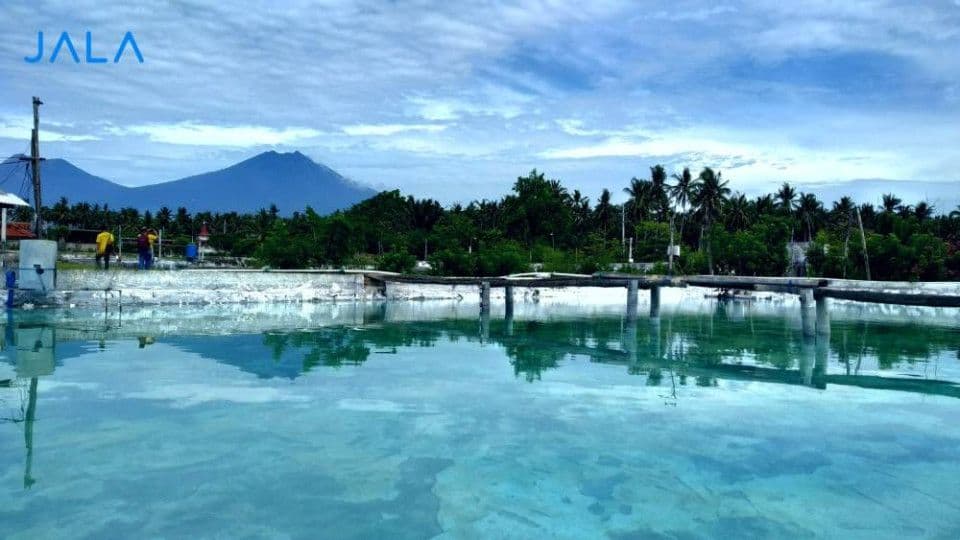
Since Indonesia is a tropical country, it receives a high amount of rainfall. Rain is one of the external factors that may interfere with cultivation, however proper consideration can help face the challenges that arise when cultivating during rainy seasons.
In the previous article, we discussed that over the past few years, the peak rainfall periods in Indonesia occurred during the beginning and end of the year. The highest rainfall is usually experienced in February while the lowest, in August. The transition between wet and dry season begins in April, and the vice versa in September.
Rain during wet seasons affects shrimp cultivation directly and indirectly. Rainwater impacts water quality, which then hinders shrimp growth rate. The change of water quality causes the number of planktons to drop and triggers bacterial growth, diluting mineral concentrations in the pond.
Read previous article: Rainy Season Is Coming: How Does Rain Affect Shrimp Farms?
Consider rainy season before running cultivation
Cultivating in dry seasons can potentially result in higher productivity than in rainy seasons. With less rain, pond conditions are more stable, especially in terms of water quality. Once the season starts changing, the cultivation is usually more ready to be carried on into the rainy season.
Not only that, stocking during periods of high rainfall is more risky. The water quality is more likely to fluctuate, which is not ideal for the more vulnerable shrimp stocks. The best time to start cultivating is during dry seasons with lower rainfall.
Theoretically, those two logics can be considered when starting a cultivation, but many other factors also come into play to make a cultivation run well. Those theories are not absolute since cultivation can still be affected by and improvised with various factors.
Here are some steps to take when starting a cultivation during rainy seasons.
- Ensure that the outlet can withstand higher water volume due to higher rainfall
- Prevent water runoff from entering the pond
- Remove surface water or ensure that the aerator is running
- Always control DO and pH levels
- Prepare lime to control water pH and hardness
- Reduce feed ratio and increase feed once temperature increases
- Maximize the use of aerators to ensure the DO is no less than 4 ppm
- Monitor the populations of microalgae and bacteria
- Apply probiotics which decompose organic matter to prevent overpopulation of unwanted bacteria
Indonesia has a climate that supports shrimp cultivation throughout the year. By taking extra attention and consideration of the existing wet and dry seasons, farmers can make better preparations for their cultivation, especially in dealing with rainfall.





